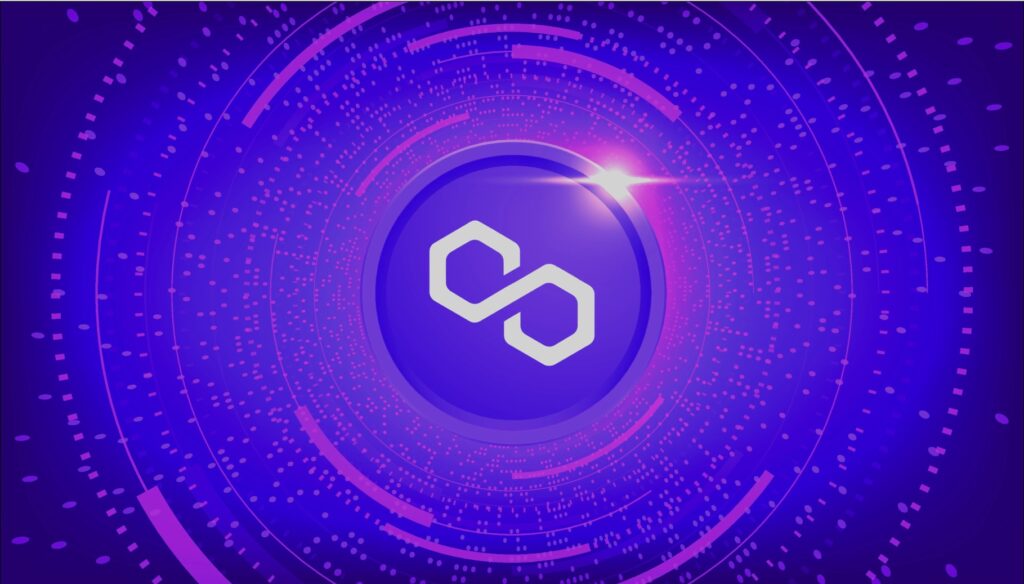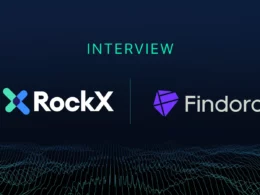In a broader sense, the digital device and blockchain markets are not that dissimilar.
Both didn’t exist just a relatively short while ago, and both were characterised by an initial frenzy of technological advancements and a following explosion in adoption across their potential user base. An explosion which often dazzled and lured customers in with the promise of a never-ending stream of head-turning new features and an offering more and more fragmented and specialised.
Again behaving similarly, both industries ended up hitting a temporary and (very) relative technological ceiling – there’s only so many different ICOs one can believe will be able to cut out a space in the industry and only so many cameras one can need on their smartphone.
Once the innovation phase was reached, insiders in both industries turned their attention to one thing: improving efficiency, security and – in the case of blockchains – by extension, scalability.
The exciting financial functions which Ethereum 1.0 and ‘ancient’ crypto projects such as Bitcoin itself had introduced to the world definitely proved their worth – but their success rested clearly on their potential for smooth and painless mass adoption, which would directly impact the ability to replace archaic but proven FIAT financial solutions.
That’s when the industry’s focus switched from awareness and creation, to refinement and scalability. And what’s the easiest way to expand activities quickly and smoothly? Reducing resource consumption and time required.
Enter: zero-knowledge rollups, layer 2 solutions and a new generation of virtual machines: zkEVMs.
Some Knowledge On Zero Knowledge

Let’s take a quick step back: what does that long acronym stand for?
zkEVMs are zero-knowledge Ethereum Virtual Machines, a concept we have recently explored. In case you need a quick reminder: zero-knowledge proof is the concept of verifying information without needing additional data points other than the information to be verified – essentially, information that proves itself to be true just via its revelation.
This is a concept that’s very dear to the blockchain world, as verification is the primary service offered by digital ledgers, and the amount of information it involves is the primary obstacle to all the pinnacles of digital ledger success – speed, cost-efficiency and resource needs. The more information required for each verification, the worse the service provided, but the more secure. It all links back to the archetypal blockchain trilemma.
Zero-knowledge rollups are an application of this concept that belongs to the realm of Layer 2 innovations taking the industry towards its next generation.
They are a scaling solution devised to move as much computation and state-storage as possible off-chain, onto another blockchain layer, thus increasing the transaction throughput and, in turn, efficiency.
Put very simply, a zkEVM machine is a form of Ethereum Virtual Machine which is compatible both with the core, traditional Ethereum functions of smart contract management, and zero-knowledge computation.
The compatibility is defined in absolute sense: a true EVM-compatible layer 2 solution will be able to run software created for Ethereum smart contracts without any changes to the logic or programming language used to implement it.
A successful and functional zkEVM has huge potential in terms of achieving some of crypto’s technological unicorns. As it does not have to follow Ethereum’s consensus protocol, while still retaining the same degree of validity and verification, it can be massively faster and more efficient with minimal to no impact to security.
Even more importantly, it holds the promise of producing innovation without requiring retraining or much adaptation: the reliance on Ethereum’s infrastructure means the ability to maintain existing development environments, tools, documents and battle-tested infrastructure – without losing out on any of the innovations ahead.
Polygon’s zkEVM: The One?

This background info should make the following notion a given: anyone able to develop a functioning and robust zkEVM will be an industry hero. And it appears we have a very convincing candidate: Polygon’s zkEVM which launched on the 27 of March.
It’s true, it won’t be the first of its kind: Optimistic Rollups, for example, have been around for a while. However, they are soon to be obsolete due to their very slow verification timelines – which results in admittedly cumbersome limitations such as the current seven-day withdrawal period Optimistic requires.
Another competitor, Arbitrium, is up there with Polygon in terms of wallet numbers, but focused mainly on attracting wealthy investors and is demonstrating very high wealth concentration. It’s also showing signs of a decline in transaction volume, which is never what one wants to see from a forward-looking piece of tech.
Neither of these two solutions, however, can come close to Polygon’s massive user and transaction volume, which was aided by its key role within the NFT wave in 2021/2022 and their solid partnership with Reddit.
Polygon represents, undoubtedly, the most mature and solid network: it’s no wonder then that they were the first in the arms race to a functioning mainnet beta. But let’s take a closer look at what this means, in practice.
A System Geared For Success

Firstly, Polygon’s zkEVM’s first advantage over the competition is that it is a seasoned innovation: in fact, it has been around since October 2022 in the shape of a zkEVM testnet – and that ongoing experiment has proven an undisputed success and laid the foundations of a very solid rollout in the present.
As Polygon is eager to tell the world themselves, there is pride to be had in the numbers shown by the testnet. A total of 84,000 wallets and over 300,000 blocks were connected in an endeavour which generated over 75,000 zero-knowledge proofs and 5,000 smart contract deployments.
These numbers were part of six-months of battle-testing via public testnets, and combined with the network’s two public third-party audits it’s hard to doubt any of the positivity around this project.
The results of the experiment were as staggering as its scale: the zkEVM passed all the Ethereum test vectors it could be put through, and proof generation time and cost have already been massively reduced.
In its current form, it already is a true scaling solution that doesn’t require further compromises or half-measures – and can be adopted now, with immediate porting thanks to cross-compatibility with the coding environments of Ethereum. A revolution which is being picked up on by speculators too, with MATIC (Polygon’s token) already achieving a price increase of half its worth at the start of 2023.
The most exciting part is something we’ve heard before in crypto, but never fails to amaze when confronted when already complex and groundbreaking tech: there’s more. Polygon is reportedly already at work to bring zero-knowledge tech to its main POS chain – further continuing the work of integration and intercommunicability which the industry sorely needs.
Starting from today, the zk-revolution moves its first steps towards bringing Web3 to the true, indiscriminate masses.









